Insta360 X3 and RS 1-Inch 360 are both 360 cameras, but they also have some key differences, so you might be wondering which one is right for you. Insta360 RS 1-Inch 360 specializes in capturing super detailed 360 content and is part of the most comprehensive and versatile camera system on the market with backward compatibility, while Insta360 X3 specializes in 360 capture for action sports. Of course, let's first compare the specs!
X3 vs RS 1-Inch 360 Comparison Table
| Insta360 X3 360 Action Camera | Insta360 RS 1-Inch 360 Edition Premium 6K 360 Camera | |
| Image Sensor | Dual 1/2" Sensors | Dual 1-Inch Sensors |
| 360 Video Resolution | 5.7K: 5760x2880@24/25/30fps 4K: 3840x1920@30/60fps | 6K: 5888x2944@30fps 6K: 6144x3072@25/24fps 4K: 3840x1920@30/25/24fps 3K: 3040x1520@50fps |
| Wide Angle Video Resolution | Single Lens Mode: 4K: 3840x2160@24/25/30fps 3.6K: 3584x2016@24/25/30/50/60fps 2.7K: 2720x1530@24/25/30/50/60fps 1080p: 1920x1088@24/25/30/50/60fps | - |
| Max. Video Bitrate | 120 Mbps | 120 Mbps |
| Weight (Camera + Battery) | 180g (6.4oz) | 239g (8.4oz) |
| Rugged + Waterproof | 33ft (10m) | IPX3 water-resistant (Protected against light rain or snow. Should not be submerged in water.) |
| Invisible Selfie Stick | ✅ | ✅ |
| Active HDR Video | ✅ | - |
Insta360 X3 vs RS 1-Inch 360: How to choose
Both X3 and RS 1-Inch 360 are 360 cameras, so you can shoot in every direction, you’ll never miss a shot and don’t even need a cameraman or drone to get epic third-person views. Simply mount X3 or the RS 1-Inch 360 Edition on the Invisible Selfie Stick and it will disappear automatically in your video.
When choosing between Insta360 X3 vs RS 1-Inch 360, ultimately your decision will depend on what you’re looking for and how you plan to use your camera.
Insta360 X3 is a better choice for action creators. Here's the a look at some of the content you could shoot with this 360 action camera:
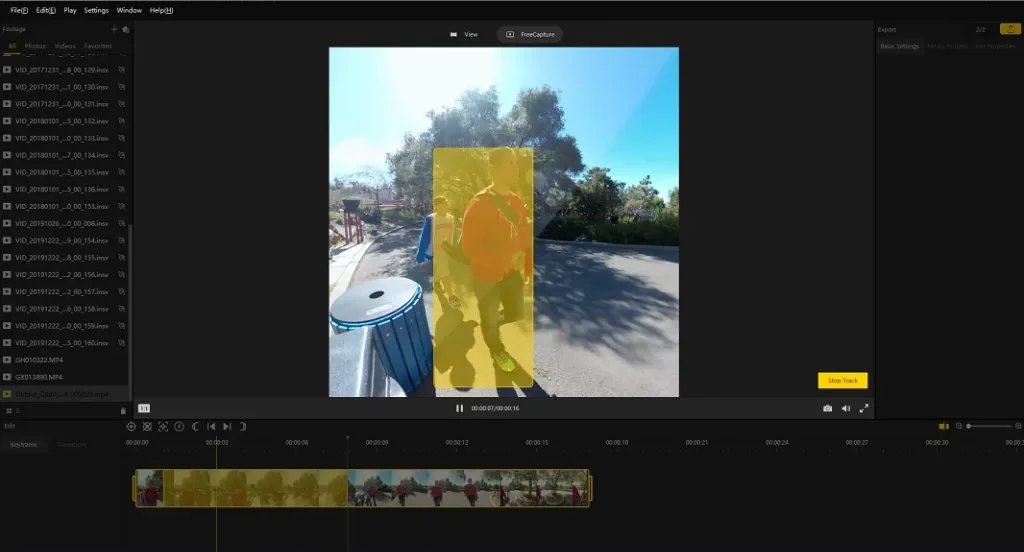
Insta360 X3 vs RS 1-Inch 360: The price point
Of course the decision for some between Insta360 X3 vs RS 1-Inch 360 might come down to budget. Insta360 X3 retails for $449.99, while Insta360 RS 1-Inch 360 retails for $799.99.
X3 is the 360 action camera powerhouse. With just one device, you can capture every angle at once. Unlock cinematic perspectives that used to require a cameraman or drone. The AI-powered features in the Insta360 app and desktop software can help you find and edit your best shots in just a few taps.
With its interchangeable lens design, the 1-Inch 360 Lens is compatible with both the R and RS Cores. This gives creators the ability to transform their action camera into a premium 360 camera, or vice versa. An upgrade bundle for R and RS users is available for US$649.99, which includes the 1-Inch 360 Lens, Battery, and Mounting Bracket. The modular design of Insta360 RS offers a huge potential for hardware upgrades in the future. You can view RS as a system—a collection of lenses, processors, and batteries—which can be switched out or replaced at any time.
Keen to keep up to date on Insta360 stories? Keep an eye on our blog and sign up for our mailing list.
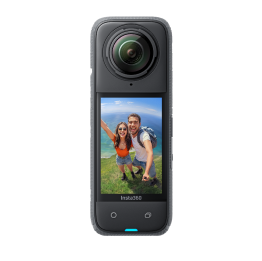
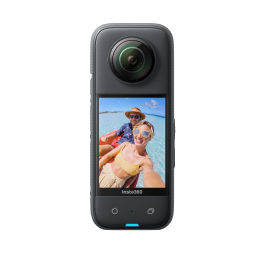
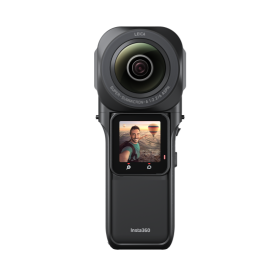
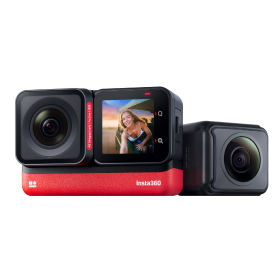

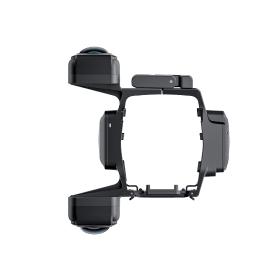
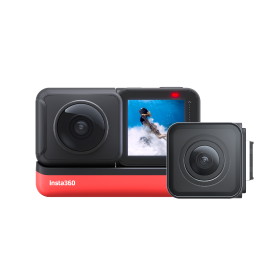
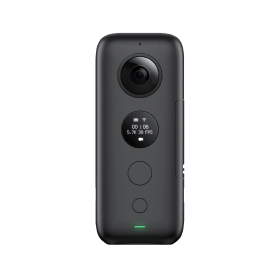
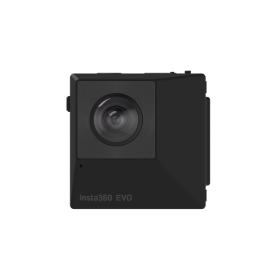
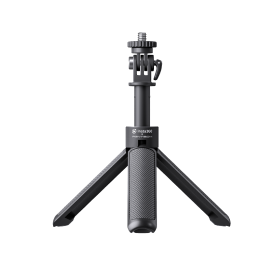
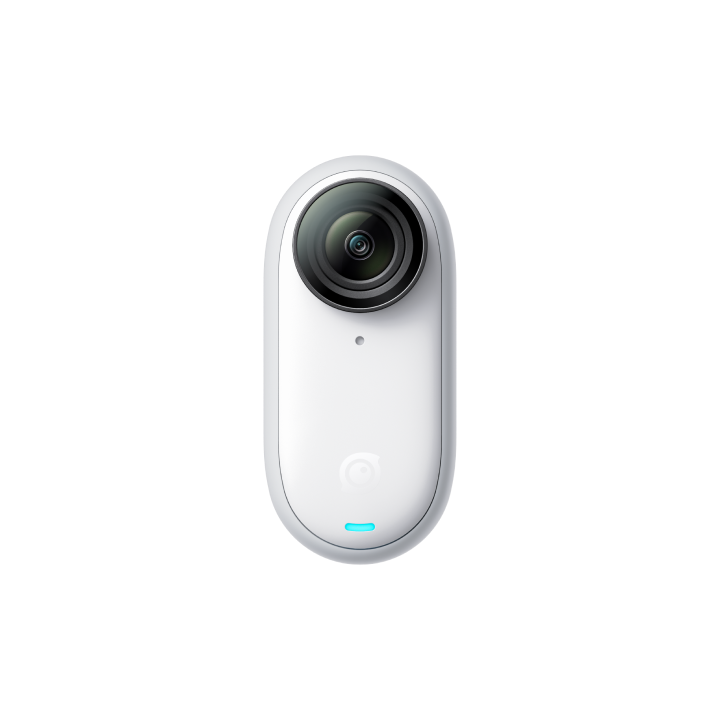
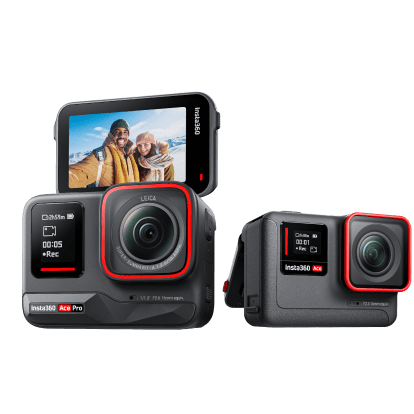


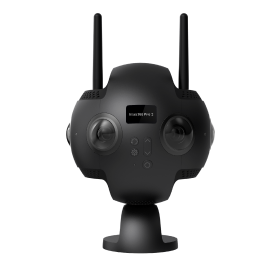

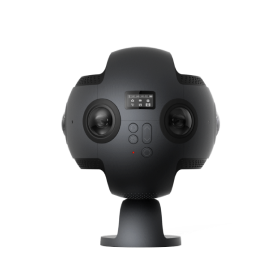
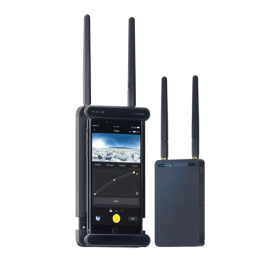
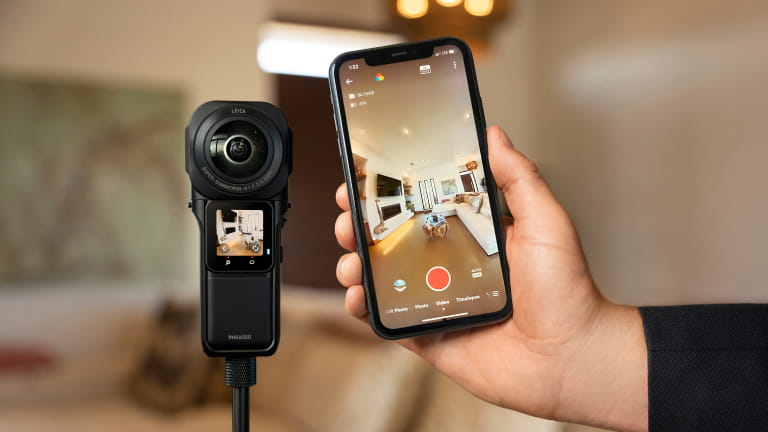











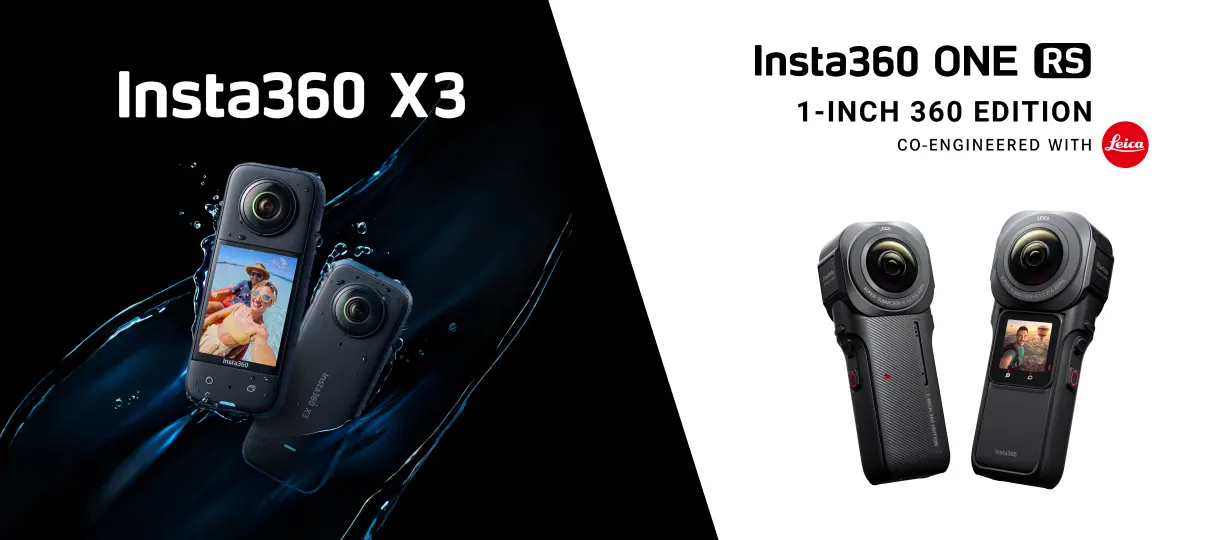

.jpg)
.jpg)
